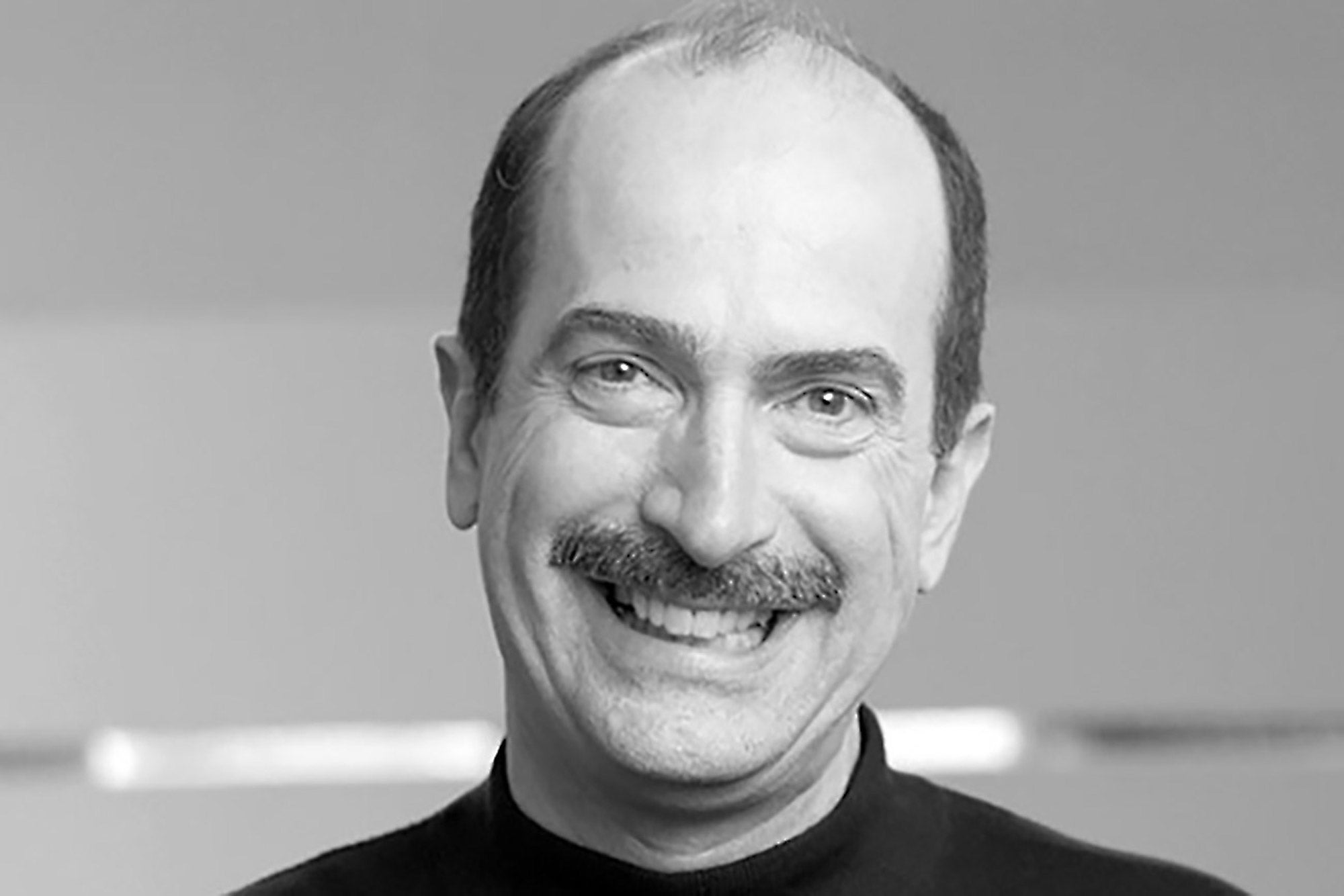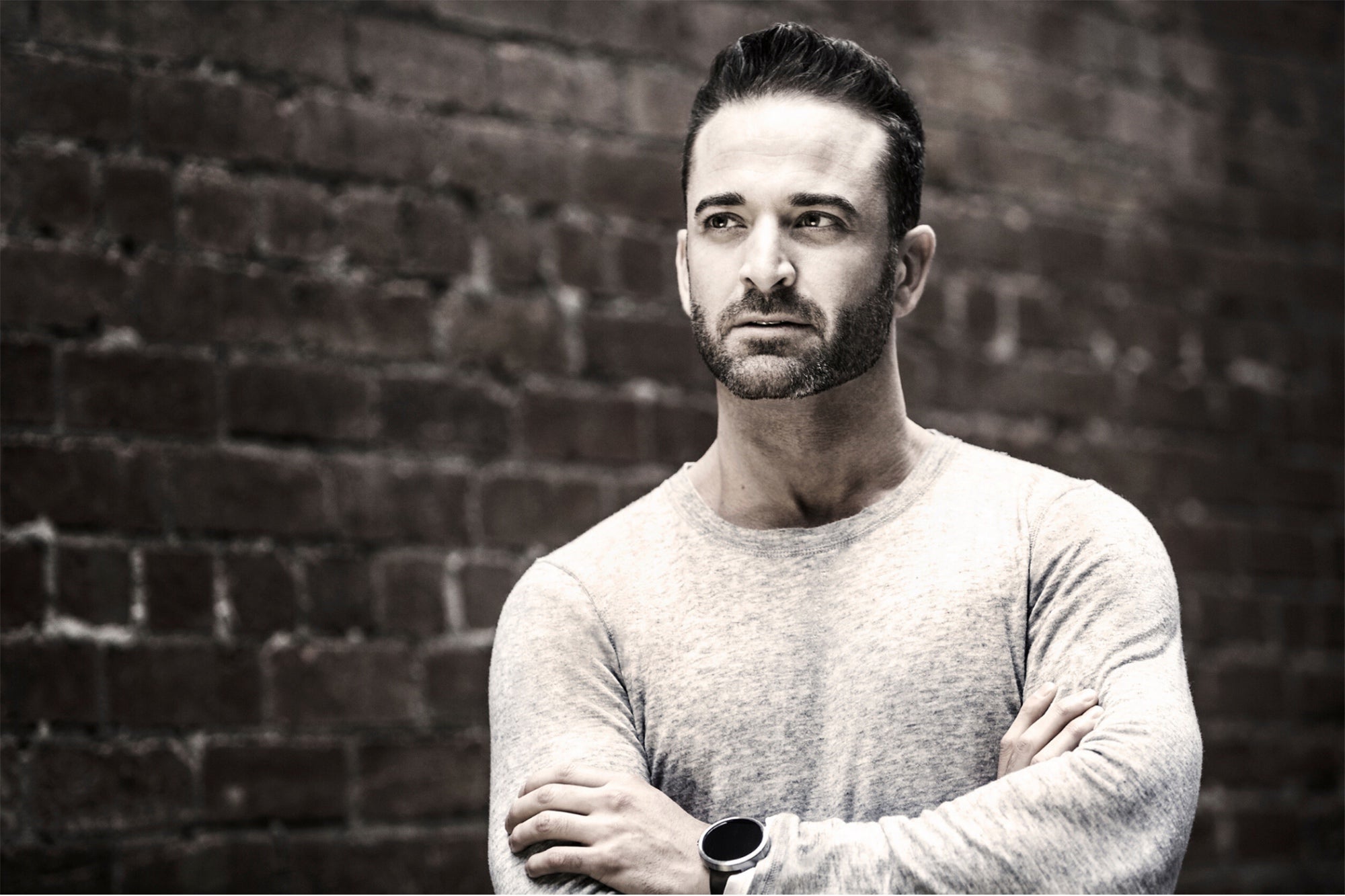Do as Successful Thought Leaders DoLooking to lead your industry this year? Take a page from the book of the most influential thinkers to expand your thinking and engage others.
Opinions expressed by Entrepreneur contributors are their own.

In many ways thought leaders are exactly like everyone else. In other ways, they are pretty unique. Those that stand out tend to share a common set of characteristics: they expand ideas, they tell stories, they nurture long-lasting relationships and they adopt behaviors that increase their momentum.
Thought leaders expand ideas.Ideas are the bread and butter of thought leadership. At the core of every project, product cause or movement there is an idea -- an idea that is meant to inspire new ways of thinking and engage action. Ideas form the core of what it means to change the world. People hire and promote thought leaders because they are "ideators," defined by the Urban Dictionary as "a person who creates productive ides. In order to engage people with our ideas, we must nurture relentless curiosity, find and engage with our broader ecosystem, and show others the way forward.
Nurture relentless curiosity. Tom Kelley, the general manager of IDEO, one of the world's leading design firms and the author of the Ten Faces of Innovation, advocates that individuals and organization constantly gather new sources of information in order to expand their knowledge and grow. Don't wait around for inspiration to strike. Nurture relentless curiousity; continually explore and expand new possibilities. Question the status quo and ask, what might be the "next big thing"? Seek out novel ways of looking at the world, out-of-the-box solutions, and the sparks of innovation everywhere -- in books, online, in meetings, at events.
Engage with your ecosystem. Dan Gillmor, the director of the Walter Cronkite School of Journalism at Arizona State University, started his career as a journalist, most notably at the San Jose Mercury news. When he started writing his first column, he says, "Lots of people sent me email, mostly to tell me what I was missing, and what an idiot I was, but the "what I was missing' was the really good stuff." He learned early a guiding principle that became the underpinning of everything he did. "My readers knew much more than I do. And from that, a conversation emerged."
Seek out creative suggestions from, and collaborate with, those tackling the same challenges you are. Create a dialogue so that everyone's solutions and questions are heard and valued. You don't need to know everything (or even have an amazing innovation you own) before you begin. The point is to find the broader ecosystem that cares about what you care about and then enter or create the conversation. Connect with the sage and the newbie. Great ideas have no boundaries.
Show the way forward. What transforms leaders into thought leaders is their willingness to bring about something new and then to learn from their early efforts and be willing to share their successes and failures, best practices and lessons learned so that others don't have to start from scratch when it's their turn. Thought leaders see their role as more than the leader of one team, one initiative or one organization. They go further, to show how their experiences can be applied much more broadly. They focus on developing principles, processes or systems that others can use, expand on and transform in turn. They identify the right direction, forge into new territory and then craft the mileposts and chart the way forward for the rest of us. Their goal is for their followers to expand on their efforts and help them create not only incremental change but potentially even a movement.
This article is an edited excerpt reprinted with permission from the publisher,
Jossey-Bass, a Wiley brand, from Ready to be a Thought Leader? by Denise Brosseau.











